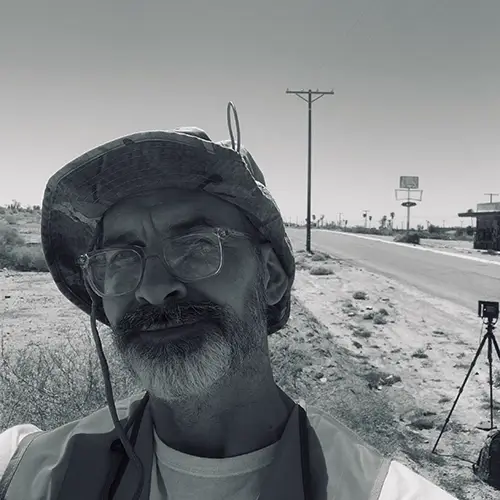UK-born photographer
Matthew Portch brings a quietly cinematic eye to the overlooked landscapes of suburban and rural America. Now based in Arizona, his photographic journey reflects a long-standing fascination with the cultural imprint of mid-century America—filtered through a distinctly outsider’s perspective.
His series
Lost America, selected for the September 2024
Solo Exhibition, captures an eerie stillness in the built environments of the American West, where nostalgia, silence, and isolation converge.
We asked him a few questions about his life and work.
All About Photo: You were born and raised in Bristol but have always felt a deep connection to the North American landscape. What sparked that fascination?
Matthew Portch: Growing up in Bristol during the '70s and '80s, I was constantly exposed to American culture through film and television. The North American landscape often served as a backdrop to the stories I was drawn to, and it became this place of visual escapism. Compared to the more reserved English suburban environments, the American scenery felt cinematic, expansive, and somehow familiar despite being half a world away. That contrast stuck with me.
Growing up in the '70s and '80s, how did American television and film shape your visual imagination?
Television and film were my first windows into the American way of life. I found myself captivated not just by the stories but by the spaces in which they unfolded—the motels, gas stations, empty sidewalks, and wide open roads. These scenes lingered with me and shaped my aesthetic sensibilities long before I ever picked up a camera. They taught me to find meaning and mood in the mundane.
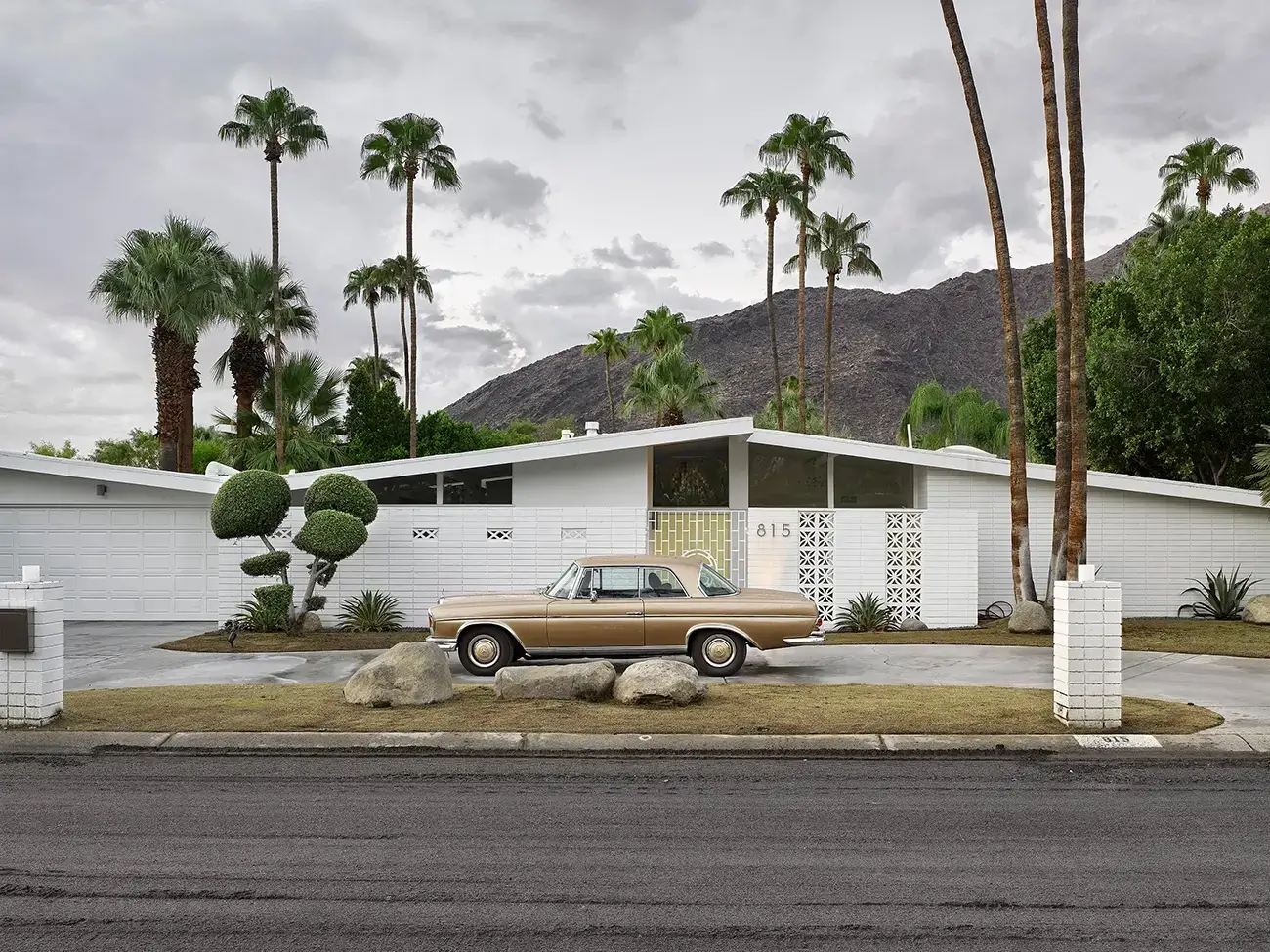
Gold Mercedes, Palm Springs © Matthew Portch
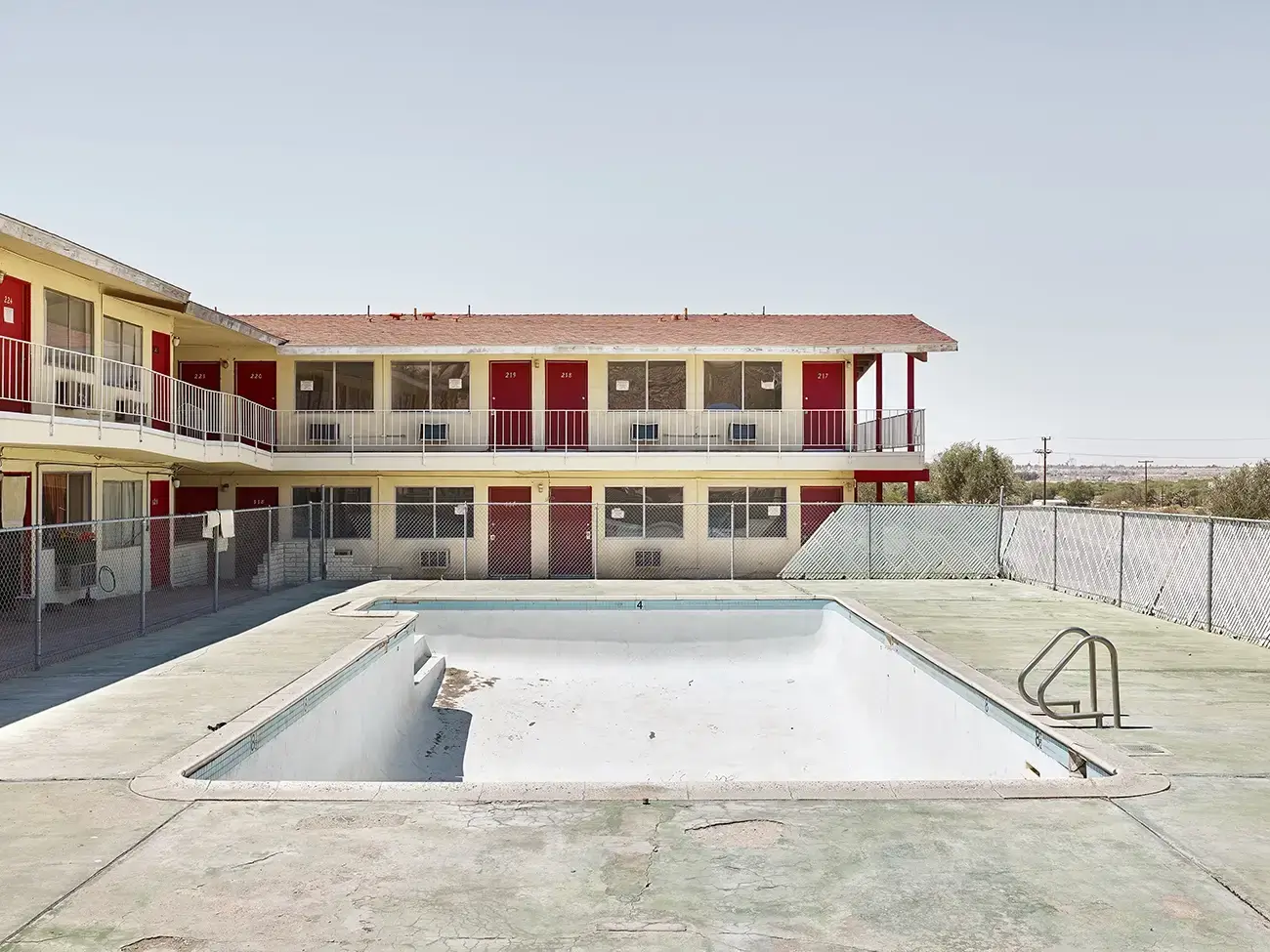
Empty Pool, CA © Matthew Portch
Illustration trained me to look closely. I’d spend hours trying to replicate subtle details with precision. That discipline still informs how I compose a photograph. I approach scenes with the same mindset—drawing attention to texture, shadow, and form. It also nurtured a graphic sensibility that shows up in how I frame my subjects and control the visual hierarchy within an image.
How did your studies in graphic design and photography help you define your creative voice?
Studying design and photography gave me a structured way to explore visual storytelling. Graphic design taught me how to lead the viewer’s eye and appreciate simplicity, while photography gave me the tools to capture reality with intent. Together, they helped me define a style that’s calm, balanced, and conceptually clear.
Can you walk us through the origins of Lost America? What first compelled you to explore this theme?
Lost America began as a personal response to the landscapes I’d dreamt of as a child—those quiet, in-between places that exist outside the frame of a narrative. I wanted to find and photograph the spaces that felt paused in time, places that held the spirit of an America I’d only seen in passing on screen. The more I explored, the more I found a recurring stillness that compelled me to dig deeper.
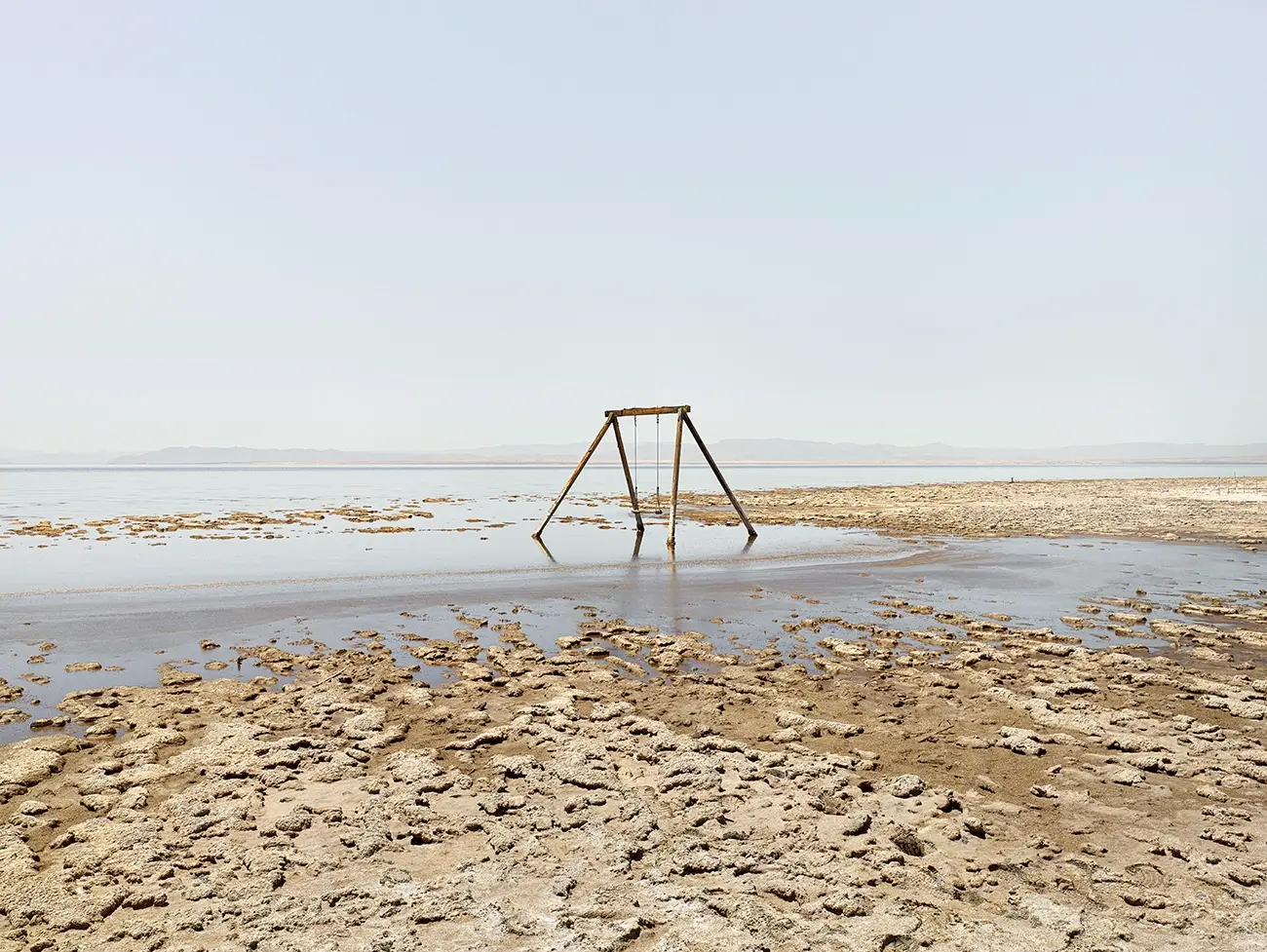
Swing In The Sea, CA © Matthew Portch
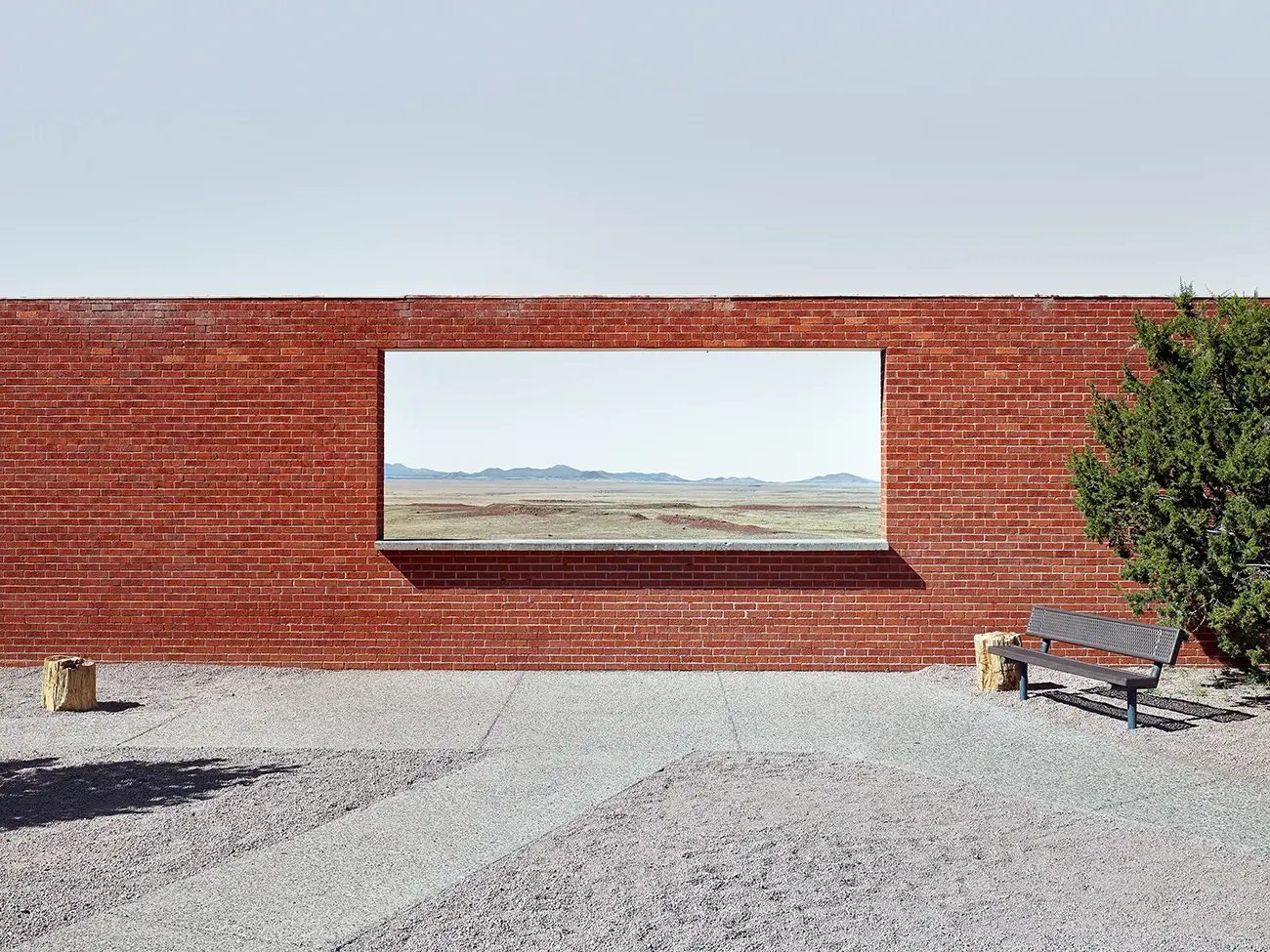
The Wall Frame, AZ © Matthew Portch
For me, the stillness is both emotional and metaphorical. It symbolises a detachment—from time, from progress, even from identity. These spaces aren’t abandoned, but they feel untouched by urgency. That pause invites reflection. Emotionally, they hold a kind of melancholy that I find moving. They're modest, unassuming places that speak volumes if you listen closely.
The absence of people in your images is striking. Why is it important for you to present these landscapes as devoid of human presence?
Removing people from the frame creates a sense of neutrality and timelessness. It gives the viewer space to project their own narrative. I'm drawn to what remains when we're not there—the overlooked, transitional spaces that often go unnoticed. There's a meditative quality in that emptiness. Ironically, many of the photographers I admire included people in their images—not just for scale, but to anchor the era. My approach steps away from that, perhaps to let the scene drift untethered from time.
You’ve mentioned that the scenes feel familiar yet melancholic. What emotions are you hoping to evoke in your viewers?
I hope to evoke a feeling of distant recognition—a sense that you’ve been there before, even if you haven’t. It’s that tension between familiarity and estrangement that I find compelling. The melancholy isn't heavy; it's quiet and contemplative, like a moment remembered.
Your images have a calm, graphic, and meditative quality. How do you achieve that sense of stillness in your compositions?
Unfortunately, those ideal moments when shadows are long or the light is soft are fleeting—and when covering multiple states in just a few weeks, it's impossible to be everywhere at once. So rather than rely solely on perfect light, I focus compositionally on clarity and balance. I avoid clutter and look for clean lines, muted tones, and a sense of visual calm. I'm always trying to reduce noise in the image—both visually and emotionally.
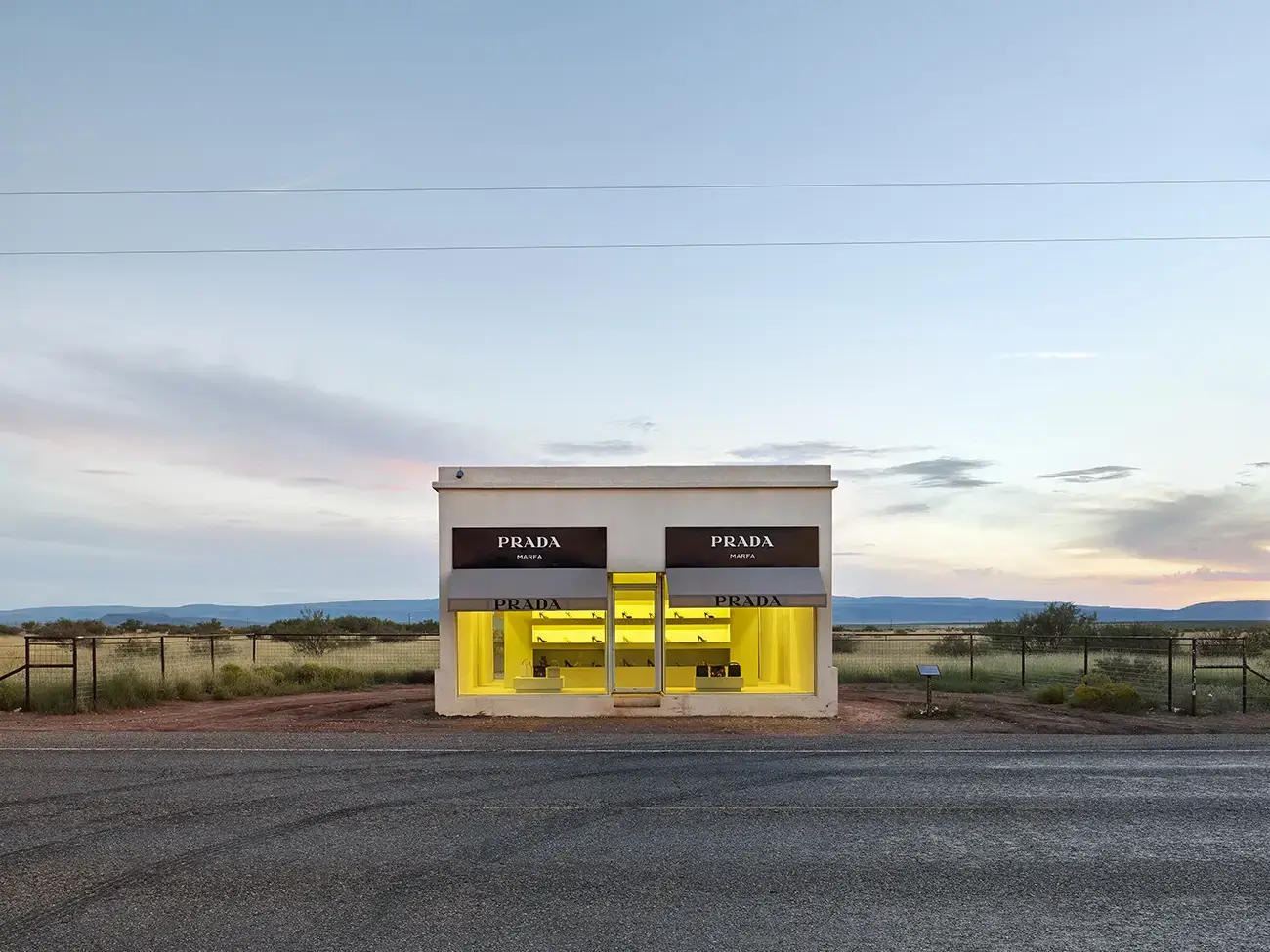
Prada Marfa, TX © Matthew Portch
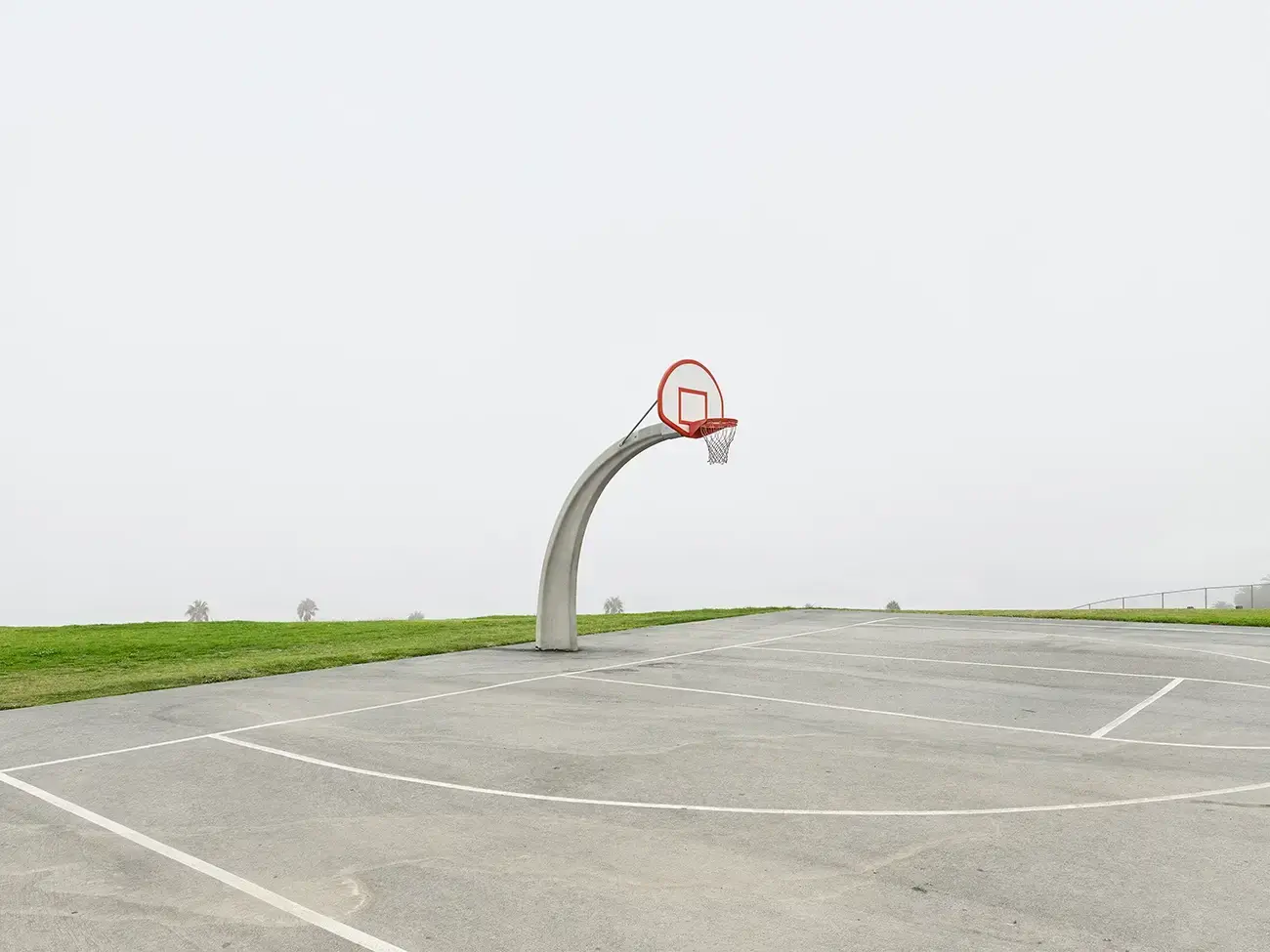
Hoop By The Sea, CA © Matthew Portch
I’m drawn to the precision this method allows. Every texture and element is rendered with clarity, giving depth and weight even to the most ordinary subjects. That level of detail encourages viewers to slow down and notice things they might otherwise overlook.
Can you explain the decision to avoid cropping and your reverence for the large format film aesthetic?
I see the frame as a commitment. Composing in-camera forces me to be intentional. It’s a nod to large format photography, where everything must be carefully considered before you release the shutter. That discipline brings a certain integrity to the process and the final image.
How do you scout your locations, especially in such vast and often overlooked areas?
It’s a mix of research, instinct, and chance. I use online tools to find overlooked places, but a lot of it happens on the road. I might see a glimmer of something from a distance, pull over, and explore. I’m often looking for places that feel paused—that aren’t trying to be seen, yet somehow speak.
You’ve cited North American photographers from the '60s and '70s as major inspirations. Who are some of the key figures that shaped your thinking?
Photographers like Stephen Shore, Richard Misrach, Joel Sternfeld, and William Eggleston were pivotal. Their ability to find beauty in the everyday was revelatory. They made the mundane feel monumental, and that shifted how I saw the world.
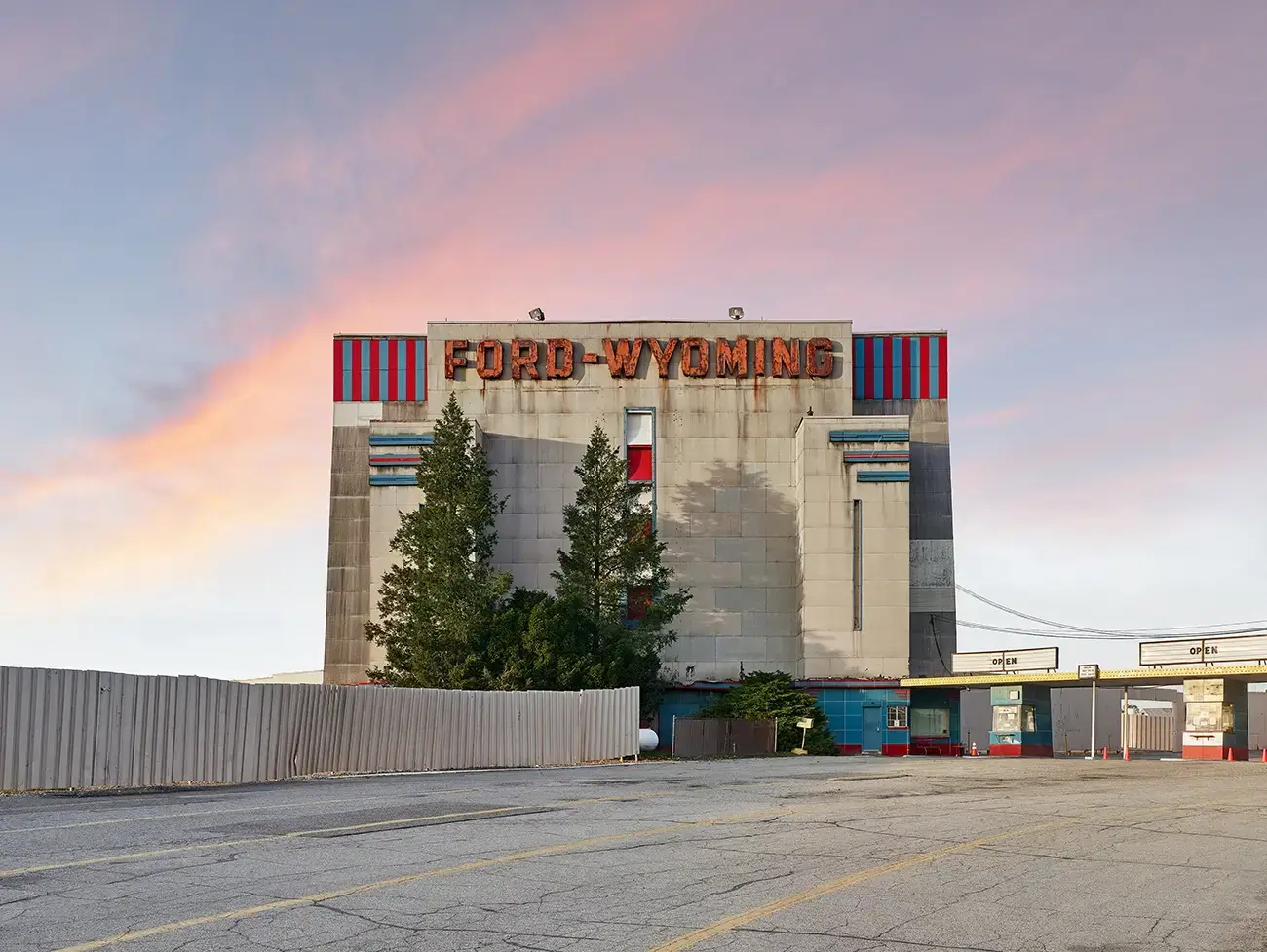
Ford Drive-In, MI © Matthew Portch
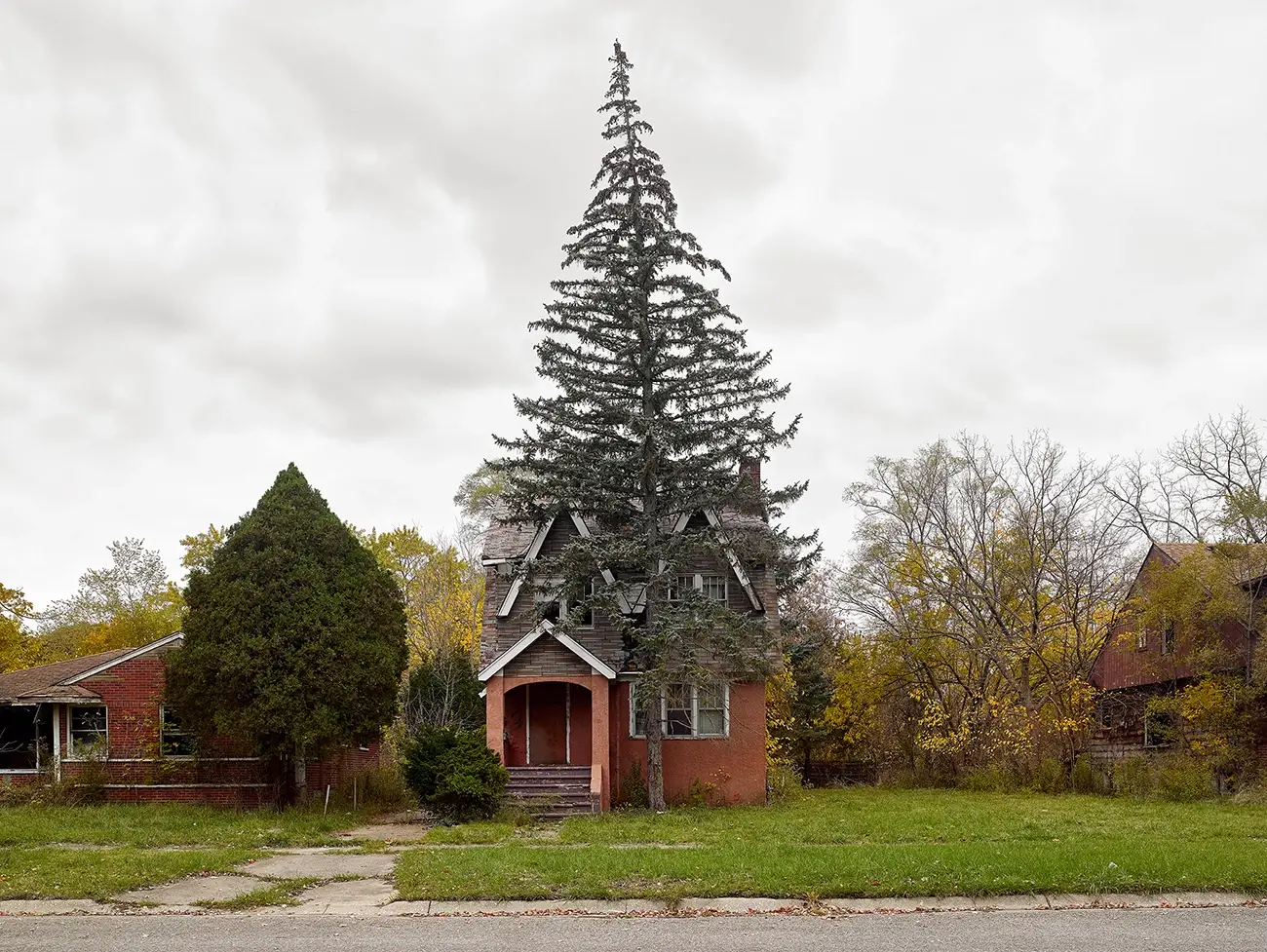
Tree-House, MI © Matthew Portch
From them, I learned patience, observation, and restraint. They weren’t chasing spectacle—they were chronicling life as it unfolded. With digital tools, I have more flexibility, but I try to maintain that same reverence for process and intention. My technical setup reflects that blend of past and present.
How do you see your work in conversation with the broader tradition of documentary or landscape photography?
I see it as a quiet extension of that tradition. While I’m not documenting a specific event or social issue, I’m documenting atmosphere, place, and time—or the absence of it. My work sits at the intersection of documentary and emotional landscape, where the narrative is open-ended.
Your work has been internationally awarded and widely exhibited. How has that recognition shaped your journey as an artist?
Recognition has been affirming, especially because my work is subtle by nature. It’s encouraged me to keep going, to trust that there’s value in stillness and understatement. But I also try not to let it define the work. The real reward is in the making.
What reactions or feedback from viewers have meant the most to you?
When someone tells me an image reminded them of a place from their past—a memory they hadn’t thought about in years—that means the most. It tells me the work has connected on a personal level, and that’s really all I can hope for.
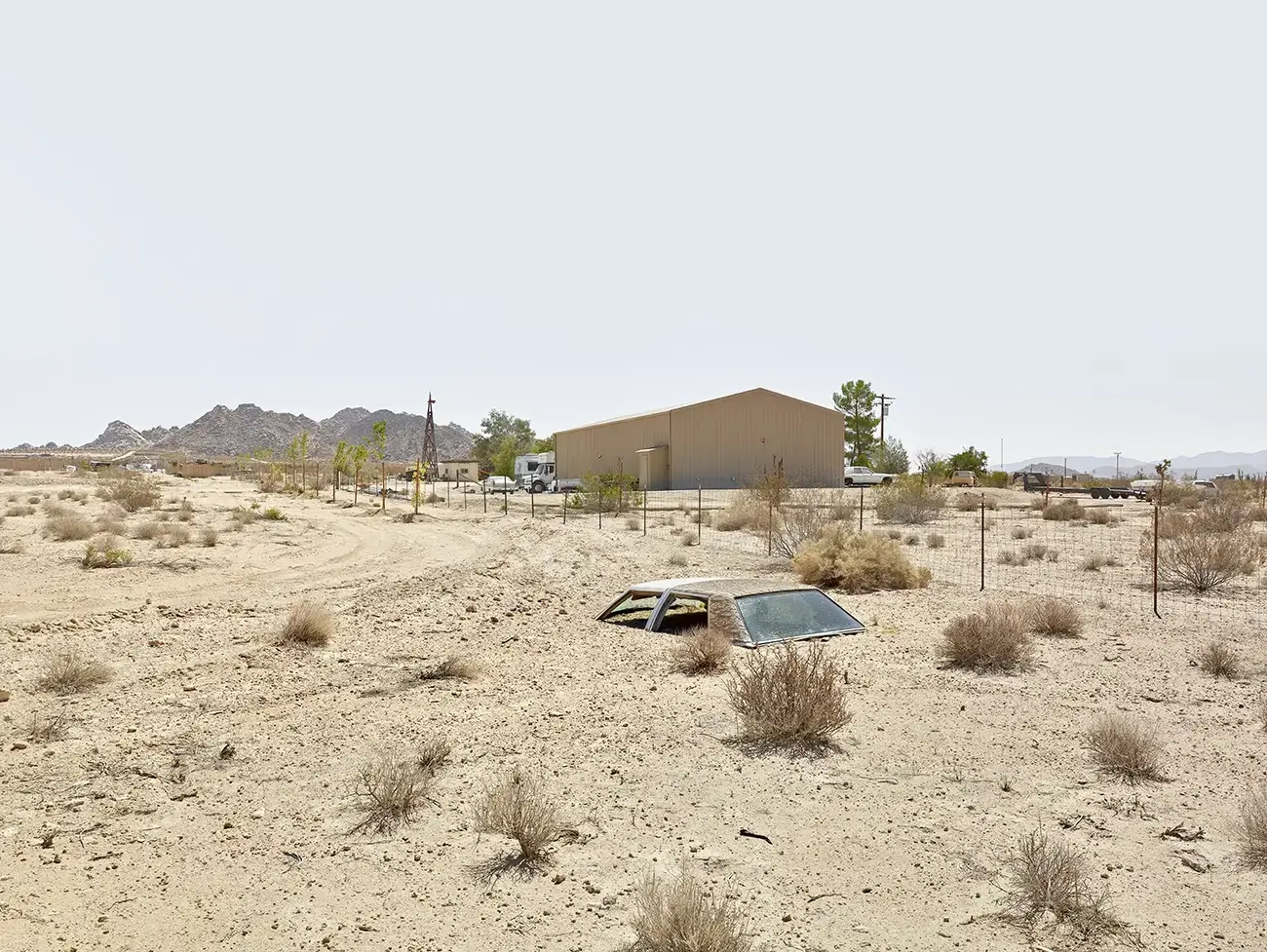
Buried Car, CA © Matthew Portch
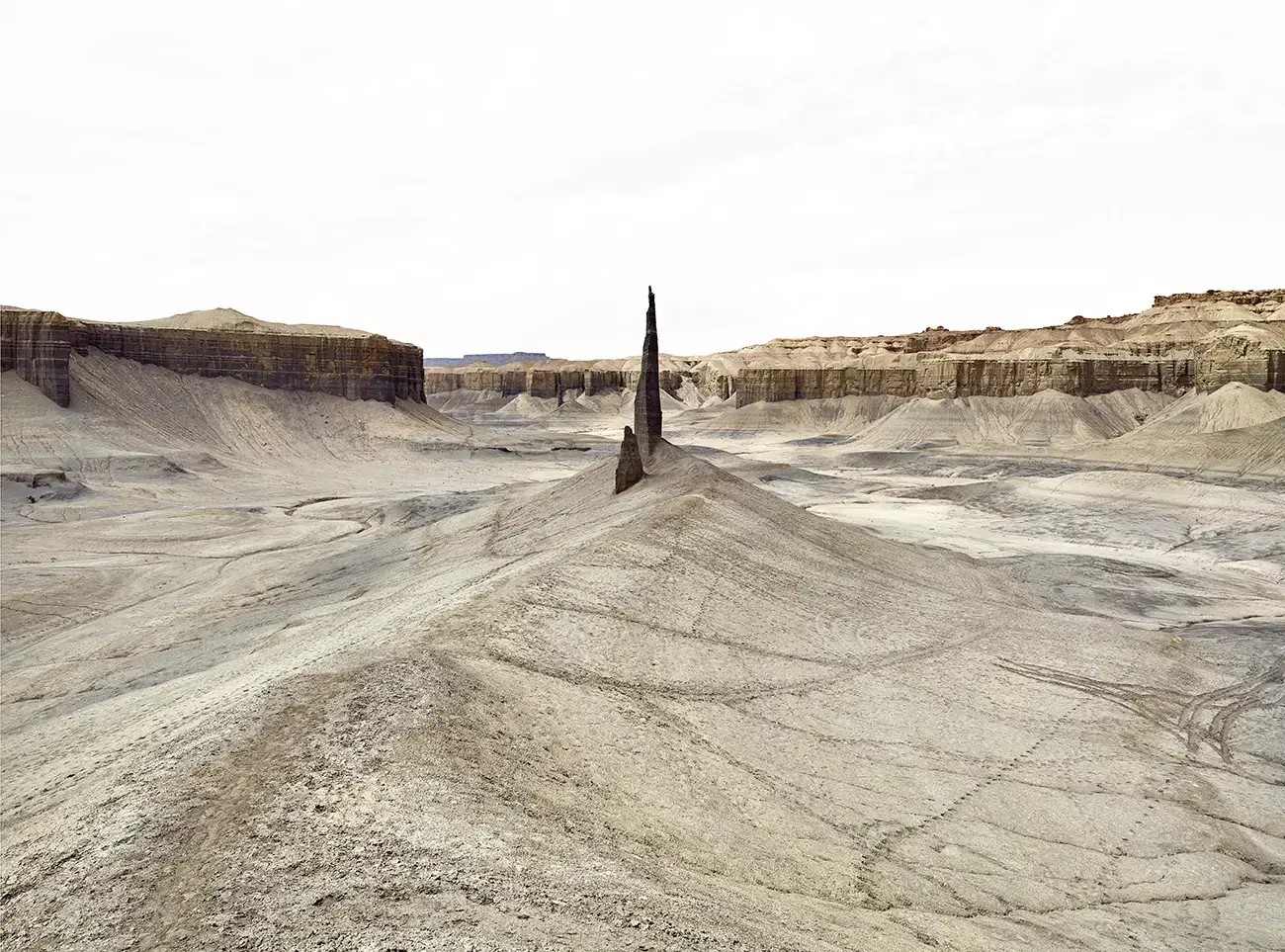
Angel Of Death, UT © Matthew Portch
I'm interested in exploring similar themes in new geographical contexts. There's a universality to these quiet, in-between spaces that transcends borders. I've already begun a series in Southeast Asia titled Kalah, which continues that exploration.
Are there new landscapes or themes you’re eager to explore in future projects?
There are a number of yet-to-be-released projects based in America that I’ve largely already photographed, so I’m planning to return soon to bring those to completion.
What advice would you give to emerging photographers trying to find depth and stillness in their own work?
Slow down. Take time to understand what draws you to a scene, and don’t rush to capture it. Look for spaces that speak to something beyond the obvious. And don’t be afraid of quiet—there’s a lot of power in subtlety if you’re patient enough to see it.
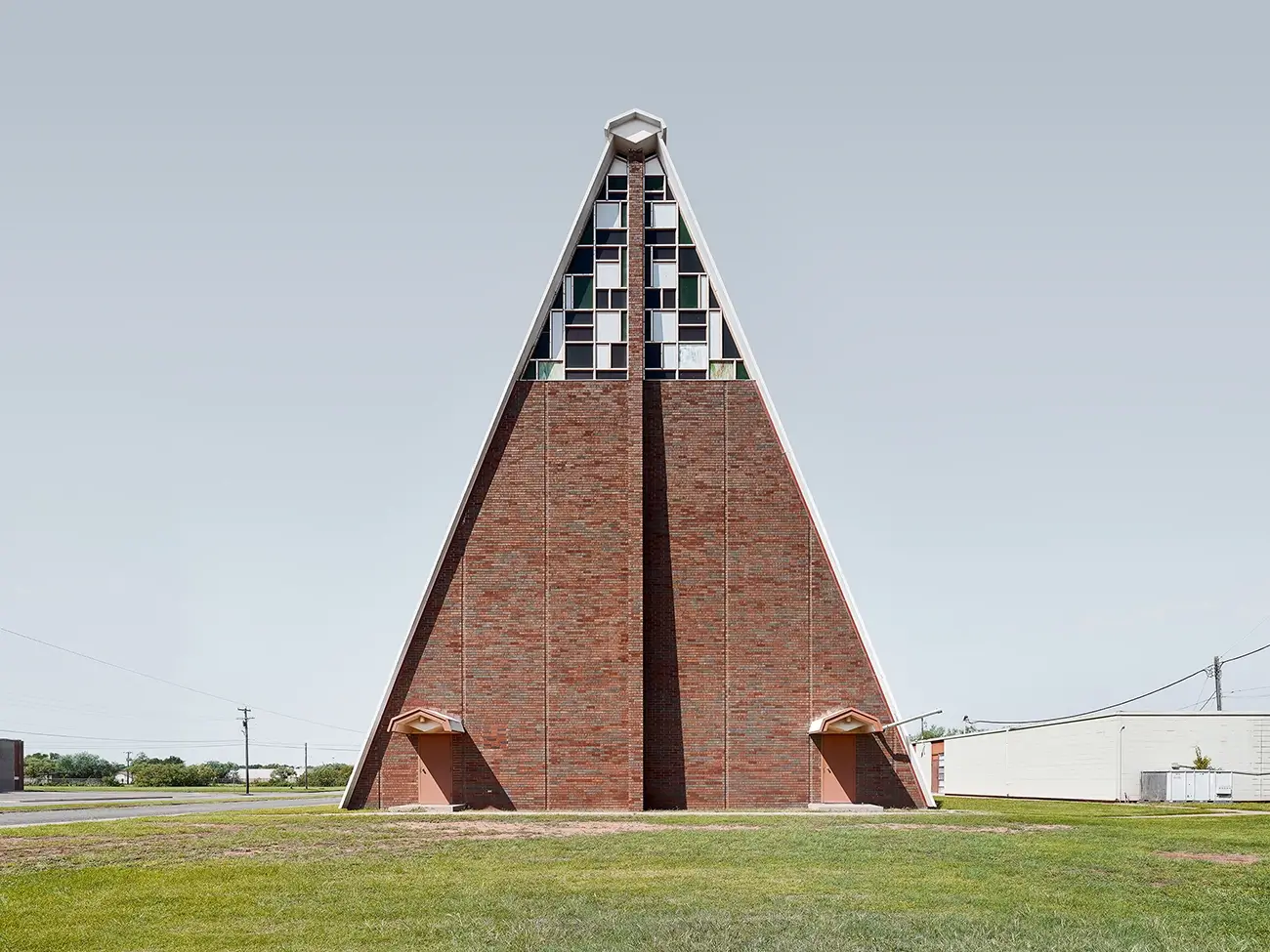
Triangular Church, TX © Matthew Portch
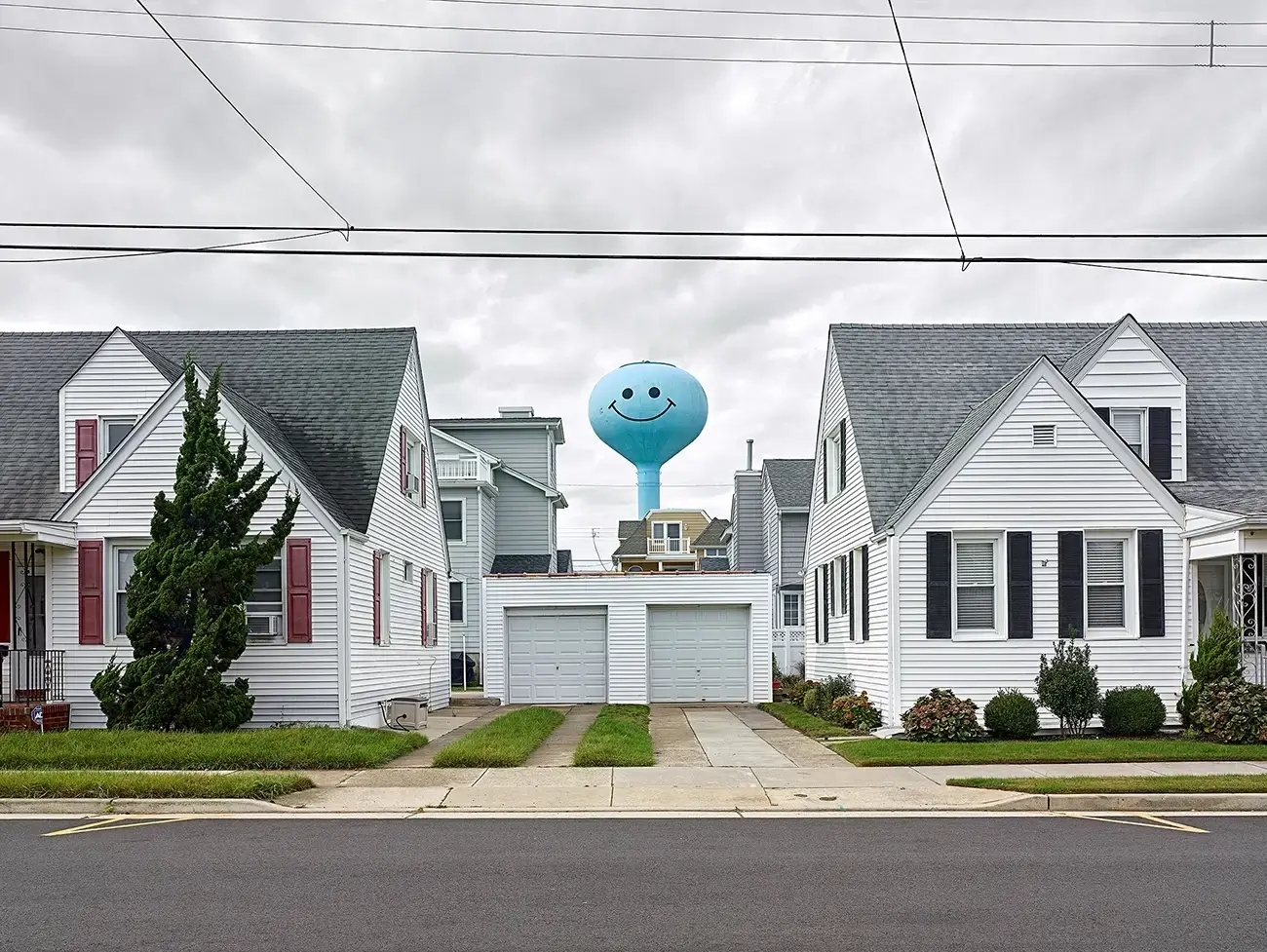
Smiling Water Tower, NJ © Matthew Portch
